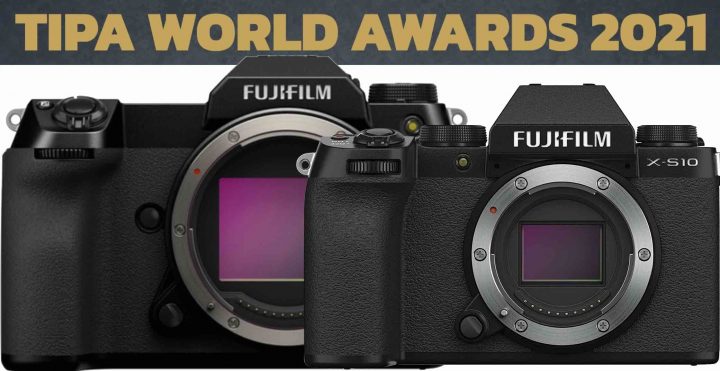TIPA AWARDS 2021: Awards for Fujifilm, Sony, Canon, Nikon, Sigma, Panasonic, Pentax, Tamron, Laowa and More
TIPA has worked very hard and made a brutal selection, in which only the very best of the crème de la crème of the top of the top could win their extremely prestigious TIPA award.
Or in other words: camera companies paid again a lot of money to win meaningless awards.
And in order to make it even easier for companies to win (and hence make more money by selling award licenses), they created tons of categories, such as “expert”, “advanced” and “professional”.
Now to the winners.
Cameras
- Best APS-C entry level camera – Canon EOS M50 Mark II
- Best APS-C advanced camera – Fujifilm X-S10
- Best APS-C expert camera – Pentax K-3 Mark III
- Best advanced full frame – Nikon Z 6II
- Best expert full frame camera – Nikon Z 7II
- Best professional full frame camera – Sony Alpha 1
- Best advanced photo/video camera – Sigma fp L
- Best expert photo/video camera – Sony Alpha 7S III
- Best medium format camera – Fujifilm GFX100S
- Best vlogger camera – Sony ZV-1
- Best professional video camera – Panasonic LUMIX DC-BGH1
Lenses
- Best prime wide angle lens – Laowa 15mm f/4.5 Zero-D Shift
- Best prime standard lens – Sony FE 50mm F1.2 GM
- Best prime telephoto lens – Canon RF600mm f/11 IS STM
- Best wide angle zoom lens – Nikon NIKKOR Z 14-24mm f/2.8 S
- Best standard zoom lens – Tamron 17-70mm F/2.8 Di III-A VC RXD (Model B070)
- Best telephoto zoom lens – Tamron 70-180mm F/2.8 Di III VXD (Model A056)
- Best ultra-telephoto zoom lens – Sigma 100-400mm F5-6.3 DG DN OS | Contemporary
- Best portrait lens – Sigma 85mm F1.4 DG DN | Art
- Best macro lens – Sigma 105mm F2.8 DG DN MACRO | Art
More
- Best Photo Printer – Canon image PROGRAF PRO-300
- Best Lighting Technology – Profoto AirX
- Best Portable Flash – Godox Pocket Flash AD100Pro
- Best Tripod – Vanguard VEO 3GO series
- Best Tripod head – Gitzo Ball Head Series 4
- Best Gimbal System – Manfrotto Fast Gimboom and Gimbal series
Awarded Fujifilm Products
- Fujifilm X-S10: BHphoto / AmazonUS / Adorama / Moment / Focuscamera
- Fujifilm GFX100S: BHphoto / AmazonUS / Adorama / Focuscamera / Moment
via tipa






